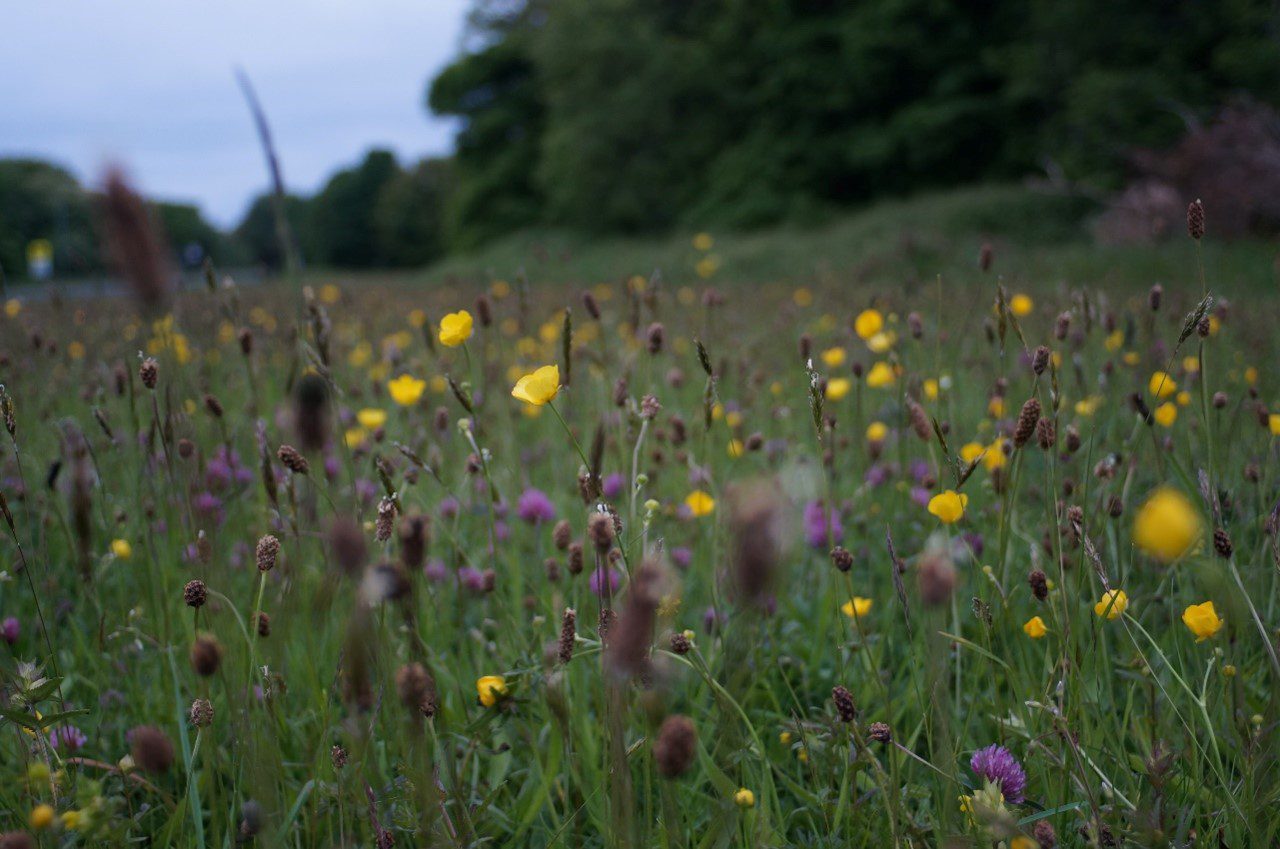
Assessing the biodiversity of a site can be a challenging prospect for developers and decision makers without the relevant ecological background. Whilst they are not substitutes for expert ecological advice, Biodiversity 3.0 and similar tools provide a biodiversity proxy for a site. This can inform the decision-making process where green spaces and potentially important habitats are involved.
The biodiversity 3.0 methodology is outlined below, but first it is worth noting why biodiversity is important to us as humans…
What is biodiversity and why is it important?
Biodiversity describes the variety of all living organisms found in an area, habitat or ecosystem [1]. Biodiversity is crucially important for several reasons and is incredibly valuable to humans. The recent social housing white paper sets out several benefits [2]:
- The provision of green spaces for exercise and mental well-being has been highlighted during the COVID-19 pandemic
- Street trees can lead to long-term improvements in people health
- Important links between the provision of green space, biodiversity and climate change
What does Biodiversity 3.0 mean for housing associations?
As per the latest Environment Bill, biodiversity must be measured for new developments using a recognised metric. Biodiversity 3.0 has been developed by Natural England, Defra and industry to provide such a tool. The aim is for this metric to become the industry standard. The Environment bill sets out provisions for mandatory net biodiversity gain in England, which is estimated to take effect for Town and Country Planning Act applications by late 2023 [3].
Improving the biodiversity standard of new developments will have positive impacts on the quality of life of residents, as well as environmental measures. For example, trees and vegetation absorb nitrogen dioxide, ground level ozone and particulate matter helping to improve air quality [4].
Biodiversity 3.0 works by calculating the net loss or gain of a new development in ‘biodiversity units. It does this by using habitat as a proxy for biodiversity, where some habitats have a higher biodiversity value than others. This is based on habitat distinctiveness and condition, but also accounts for strategic significance.

Image credit: Figure 2-1, Biodiversity Metric 3.0 User Guide [5]
What about existing homes?
Biodiversity 3.0 is designed to be implemented before and after a new development. However, there is not a similar standard tool for existing homes. Here at SHIFT, we have a methodology to provide biodiversity assessments of existing homes. Currently we focus on a metric which can be used at corporate level for monitoring progress on biodiversity and green spaces. Our metric correlates with:
- Flood attenuation
- Summer cooling
- Air quality improvement
- Carbon sequestration
- Recreational value
Please be in touch here if you would like to know more.
References:
[1] WWF: What is biodiversity?.
[2] The Charter for Social Housing Residents: Social Housing White Paper
[3] Natural England: The Biodiversity Metric 3.0
[4] UNECE: Air pollution, ecosystems and biodiversity
[5] Biodiversity metric 3.0: Auditing and accounting for biodiversity – User Guide. Natural England.
